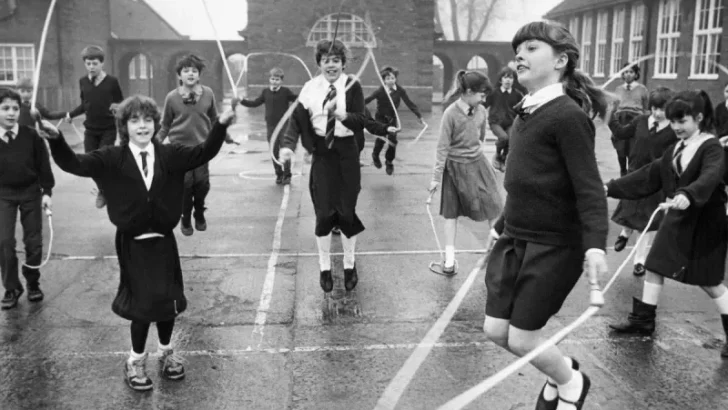Before the days of virtual adventures and digital quests, playgrounds were the epicenter of childhood excitement. These outdoor arenas buzzed with laughter, creativity, and the clatter of sneakers on pavement. Whether a game of skill, strategy, or sheer luck, these activities shaped friendships and sparked imaginations.
From the simplicity of stones and strings to the thrill of hide-and-seek, children found endless joy in games that required nothing more than a bit of space and a healthy dose of imagination. Today, we journey back to discover 11 unique games that once filled schoolyards with squeals of delight and unforgettable memories.
1. Giant’s Footsteps
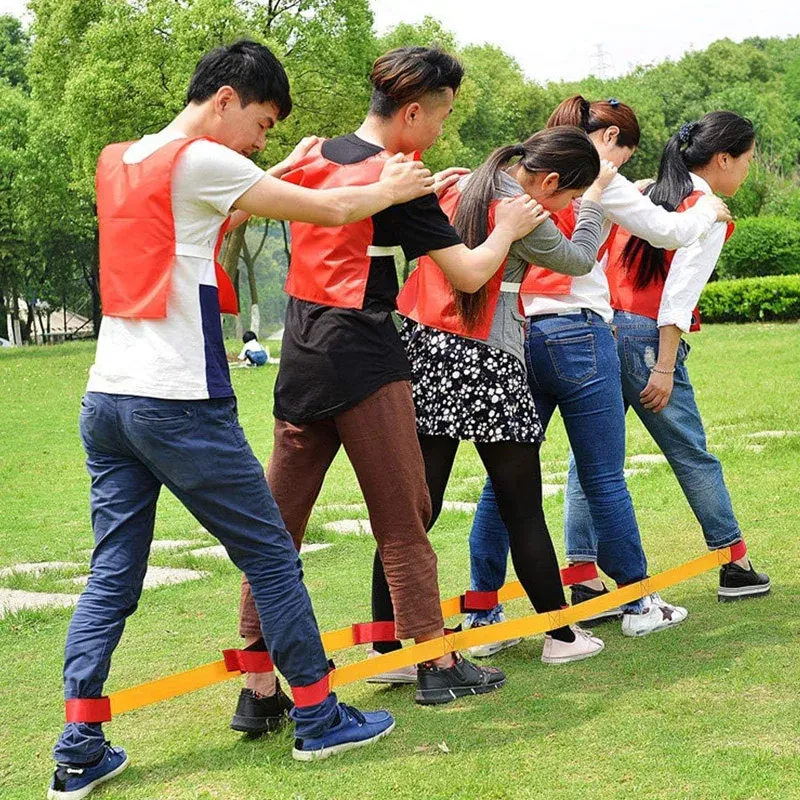
In a time when imagination reigned supreme, Giant’s Footsteps turned any child into a towering giant. One child would stride ahead, stopping abruptly. The others, stepping carefully, had to freeze whenever the “giant” turned around. Caught moving? Back to the start! This game was a test of balance and nerves. Children learned to hold statuesque poses, often erupting in giggles. It taught patience and anticipation, all under the guise of fun. Giant’s Footsteps was a staple in building camaraderie, teaching kids the art of suspense and the joy of playful competition.
2. Shadow Tag
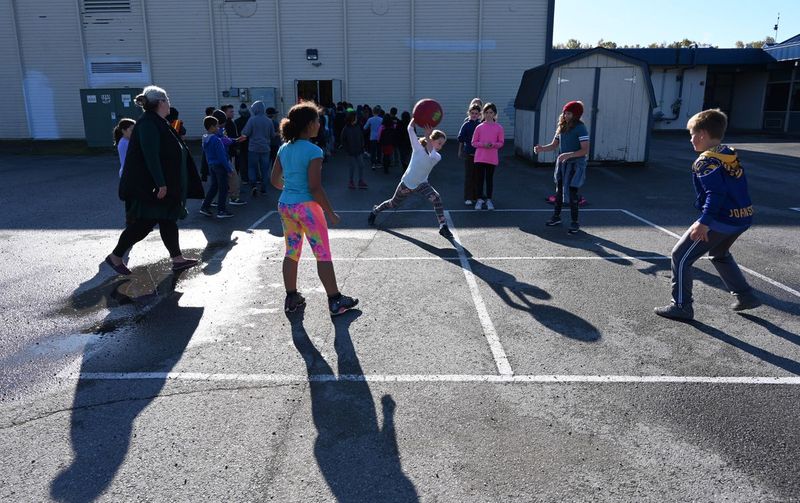
With the sun setting low, Shadow Tag came alive. Instead of tagging each other, kids aimed for shadows. This twist on a classic made for unexpected challenges. The fading light added urgency, as shadows shifted and stretched. Players had to think on their feet, adapting strategies with the moving sun. It was not just a game of physical agility, but mental quickness too. The laughter and shouts were only matched by the creativity in movements. Shadow Tag was where nature’s elements became playful partners, crafting a unique bond between sun, earth, and child.
3. Conker Battles
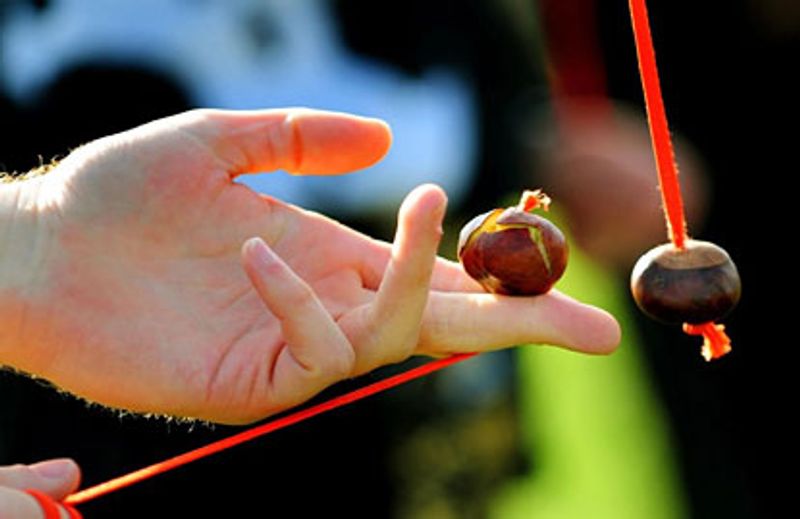
Autumn brought more than just colorful leaves; it heralded the season of Conker Battles. Armed with chestnuts on strings, children faced off in friendly duels. Each player swung, aiming to shatter their opponent’s conker. Victory required strategy, patience, and a touch of luck. The game taught resilience, as each cracked conker was a lesson in crafting stronger contenders. Conversations buzzed about the best soaking techniques to harden conkers. This rite of passage celebrated not just competition, but also the creativity in preparation. Conker Battles made autumn afternoons alive with excitement.
4. Marble Mazes
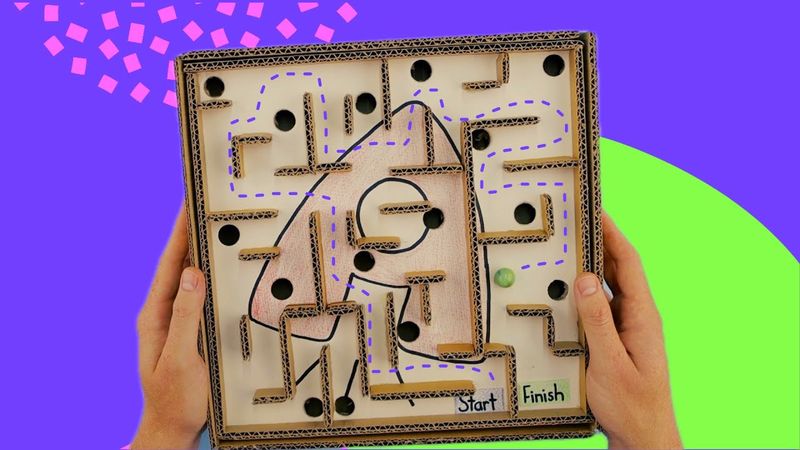
Marble Mazes took creativity to the next level. In sandy playgrounds, children sculpted intricate paths, guiding marbles through twists and turns. Challenges lay in the design, where strategic thinking met artistic flair. Kids learned patience, crafting elaborate courses, and problem-solving as they adjusted for tricky parts. Each marble’s journey was a small adventure, captivating spectators and participants alike. The sound of marbles rolling down pathways was music to young ears. More than a game, it was a creative outlet, sparking innovation and teamwork among young builders.
5. Frog in the Middle

Frog in the Middle was a game of agility and humor. Standing in the center, the “frog” tried to catch a ball tossed by others encircling them. The aim was to avoid the frog’s grasp while maintaining momentum. Quick reflexes and strategic throws kept the game lively. Laughter echoed as the frog leaped and lunged, aiming to snatch the ball. Succeed, and the thrower became the new frog. This game was all about rhythm, laughter, and social bonding, fostering friendships through shared joy and playful challenges.
6. Sardines

Sardines, a reverse hide-and-seek, offered thrilling suspense. One child hid while others searched. Once found, seekers joined the hider, squeezing into the spot like sardines in a can. The game grew more amusing as space became cramped. It taught children teamwork and shared secrecy, as giggles had to be stifled. The thrill lay in discovery, the camaraderie in confinement. Sardines turned ordinary hiding into a shared adventure, where the real prize was the joy of being found and joining the secretive huddle.
7. British Bulldog
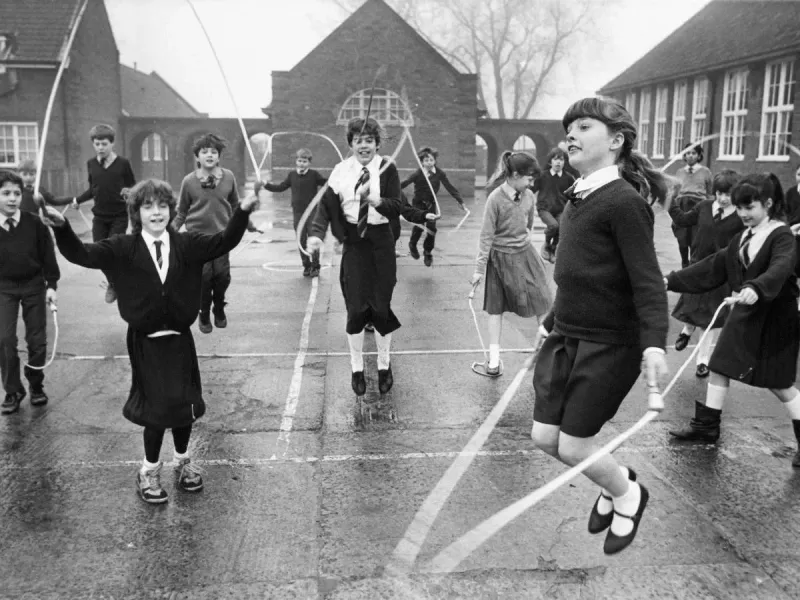
British Bulldog was not for the faint-hearted. Players lined up at one end, while a “bulldog” tried to catch them as they ran to the other side. Once tackled, they joined the bulldog in the chase. The game was intense, demanding speed and daring. Grass-tousled hair and breathless laughter marked successful runs. Friendships were tested and forged in the chaos of the chase. Though often rough, it was a beloved test of speed and tenacity. British Bulldog was where courage met camaraderie, and every run was a heart-pounding thrill.
8. Duck-Duck-Goose
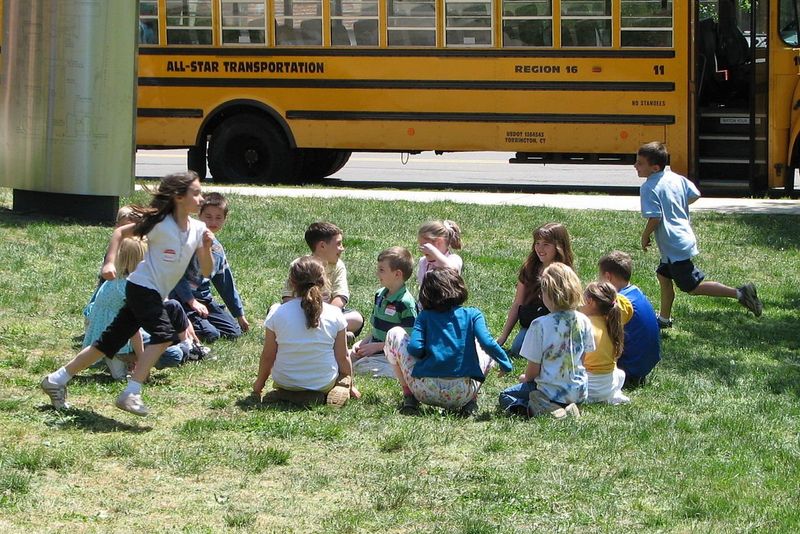
Duck-Duck-Goose was a simple, yet electrifying game. Seated in a circle, children tapped heads, whispering “duck” with anticipation. Until “goose” was called. The chased child had to leap and run, catching the caller before they claimed their seat. It was a game of split-second decisions and swift feet. The circle burst into action, a blur of laughter and movement. The anticipation made hearts race, as everyone hoped not to be the goose. It was a delightful mix of suspense and speed, perfect for energetic gatherings.
9. Red Rover
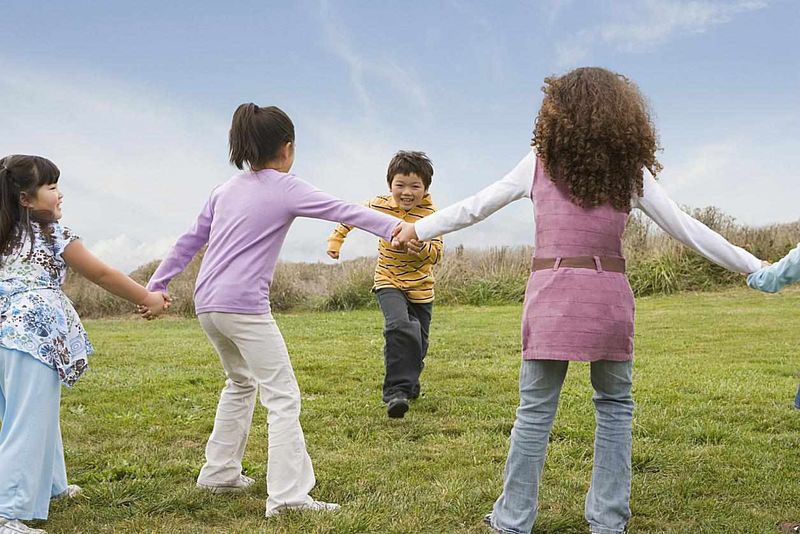
Red Rover brought joy through unity and daring. Two lines formed, arms linked, daring someone to break their chain. The chosen player dashed forward, aiming to break through. Success meant gaining a teammate, failure meant joining the other line. It was a game of strength and strategy, where players balanced power with precision. The thrill came from the tension of the sprint and the cheers from successful breakthroughs. Red Rover was more than just a game; it was a celebration of collective strength and joyful bravery.
10. Hopscotch Variations

Hopscotch, in its many forms, was a playground favorite. Children used chalk to create elaborate courts, adding unique twists to the classic. Whether hopping on one foot or incorporating new shapes, creativity reigned. Each variation added a new challenge and excitement. The rhythmic sound of skipping feet and the slap of chalky hands defined playtime. Kids learned balance, coordination, and the joy of inventiveness. Hopscotch was not just a game; it was an expression of individuality, each court a canvas of youthful creativity and endless fun.

Well, hello there!
My name is Jennifer. Besides being an orthodontist, I am a mother to 3 playful boys. In this motherhood journey, I can say I will never know everything. That’s why I always strive to read a lot, and that’s why I started writing about all the smithereens I came across so that you can have everything in one place! Enjoy and stay positive; you’ve got this!

